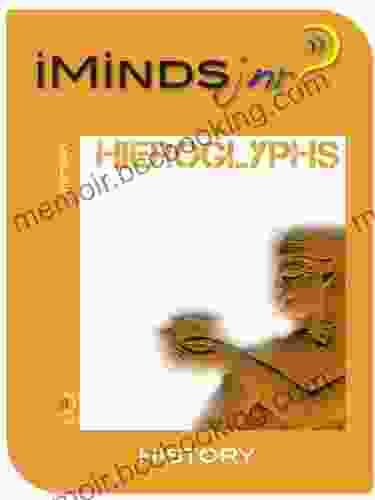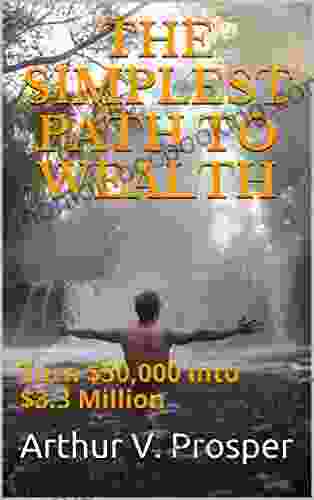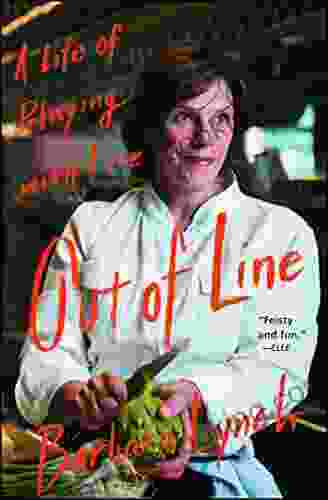Unveiling Ancient Egypt's Enigmatic Language: A Comprehensive Guide to Hieroglyphs

4.1 out of 5
| Language | : | English |
| File size | : | 86 KB |
| Text-to-Speech | : | Enabled |
| Screen Reader | : | Supported |
| Enhanced typesetting | : | Enabled |
| Word Wise | : | Enabled |
| Print length | : | 3 pages |
| Lending | : | Enabled |
Ancient Egypt, the cradle of civilization, has captivated the imagination of scholars and explorers for centuries. Its towering pyramids, enigmatic temples, and exquisite artifacts have whispered tales of a sophisticated civilization that flourished along the banks of the Nile River. Among its many cultural marvels, the hieroglyphic script stands as a testament to the ingenuity and artistry of the ancient Egyptians.
Hieroglyphs, an intricate system of writing that employed visual symbols, formed the backbone of ancient Egyptian communication. They adorned temple walls, adorned royal decrees, and inscribed the sarcophagi of pharaohs. For centuries, these enigmatic symbols remained a mystery, their secrets locked within their intricate forms.
The Birth of Hieroglyphs
The origins of hieroglyphs can be traced back to the predynastic period of Ancient Egypt, around 3200 BCE. During this time, simple pictograms, known as proto-hieroglyphs, were used to convey basic ideas and information. These early symbols depicted objects such as animals, plants, and everyday items.
As the Egyptian civilization grew in complexity, so did its writing system. Over time, proto-hieroglyphs evolved into a more sophisticated script that included logographic symbols, which represented words or concepts, and alphabetic signs, which represented sounds.
The Rosetta Stone: Key to the Hieroglyphic Code
The breakthrough in deciphering hieroglyphs came in the early 19th century with the discovery of the Rosetta Stone. This remarkable artifact, found in Egypt in 1799, contained a decree written in three scripts: hieroglyphic, demotic (a simplified form of hieroglyphs),and Greek.
Using the known Greek text as a guide, French scholar Jean-François Champollion painstakingly compared the hieroglyphic and demotic scripts, gradually unraveling the secrets of the ancient script. In 1822, Champollion published his groundbreaking work, "Précis du système hiéroglyphique des anciens Égyptiens," which laid the foundation for modern Egyptology.
Types and Uses of Hieroglyphs
Hieroglyphs served a variety of purposes in ancient Egyptian society. They were used for religious texts, royal decrees, administrative documents, and funerary inscriptions. The script was also employed in the decoration of temples and tombs, where it conveyed mythological scenes, historical narratives, and prayers to the gods.
Three main types of hieroglyphs were employed:
- Logograms: Symbols that represented words or concepts.
- Phonograms: Symbols that represented sounds, either as alphabetic signs or as syllables.
- Determinatives: Silent symbols that provided grammatical or semantic information about the accompanying words.
Hieroglyphs in Modern Times
Even today, hieroglyphs continue to fascinate scholars and inspire artists. The script has been used in modern literature, film, and television to evoke the ancient world of Egypt. It has also been incorporated into tattoos, jewelry, and other decorative objects.
The study of hieroglyphs remains an important field of Egyptology. Through ongoing research and discoveries, scholars continue to unravel the complexities of this ancient script and expand our understanding of ancient Egyptian culture.
Arthur Edward Romilly Boak's Contribution to Hieroglyphic Studies
Arthur Edward Romilly Boak, an American Egyptologist, made significant contributions to the study of hieroglyphs in the 20th century. His pioneering work on the decipherment of the Meroitic script, a cursive form of hieroglyphs used in ancient Sudan, expanded our knowledge of the linguistic diversity of ancient Nubia.
Boak's research also focused on the social and historical aspects of ancient Egypt, and he authored several influential works on Egyptian history and religion. His dedication to the field of Egyptology helped to further illuminate the rich cultural legacy of the ancient Egyptians.
The hieroglyphic script of Ancient Egypt stands as a testament to the ingenuity and artistry of one of the world's most captivating civilizations. Through its intricate symbols, the ancient Egyptians recorded their history, beliefs, and aspirations. Today, thanks to the dedicated efforts of scholars like Arthur Edward Romilly Boak, we continue to unlock the secrets of this enigmatic language, gaining a deeper appreciation for the remarkable achievements of an ancient civilization.
4.1 out of 5
| Language | : | English |
| File size | : | 86 KB |
| Text-to-Speech | : | Enabled |
| Screen Reader | : | Supported |
| Enhanced typesetting | : | Enabled |
| Word Wise | : | Enabled |
| Print length | : | 3 pages |
| Lending | : | Enabled |
Do you want to contribute by writing guest posts on this blog?
Please contact us and send us a resume of previous articles that you have written.
 Book
Book Novel
Novel Page
Page Chapter
Chapter Text
Text Story
Story Genre
Genre Reader
Reader Library
Library Paperback
Paperback E-book
E-book Magazine
Magazine Newspaper
Newspaper Paragraph
Paragraph Sentence
Sentence Bookmark
Bookmark Shelf
Shelf Glossary
Glossary Bibliography
Bibliography Foreword
Foreword Preface
Preface Synopsis
Synopsis Annotation
Annotation Footnote
Footnote Manuscript
Manuscript Scroll
Scroll Codex
Codex Tome
Tome Bestseller
Bestseller Classics
Classics Library card
Library card Narrative
Narrative Biography
Biography Autobiography
Autobiography Memoir
Memoir Reference
Reference Encyclopedia
Encyclopedia Arkady Babchenko
Arkady Babchenko Arthur Edward Romilly Boak
Arthur Edward Romilly Boak Aminder Dhaliwal
Aminder Dhaliwal Ashley Craft
Ashley Craft Anita Bean
Anita Bean Anne Garrels
Anne Garrels Aunnie Patton Power
Aunnie Patton Power Anitha Rathod
Anitha Rathod Asia Citro
Asia Citro Ari Marmell
Ari Marmell Arthur Scott Bailey
Arthur Scott Bailey Anum Abdullah
Anum Abdullah Ananda Lowe
Ananda Lowe Ashley Kahn
Ashley Kahn Alyson Belle
Alyson Belle Arthur Koestler
Arthur Koestler 7th Edition Kindle Edition
7th Edition Kindle Edition Annie Barrows
Annie Barrows Arturo Escobar
Arturo Escobar Ariel Sabar
Ariel Sabar
Light bulbAdvertise smarter! Our strategic ad space ensures maximum exposure. Reserve your spot today!
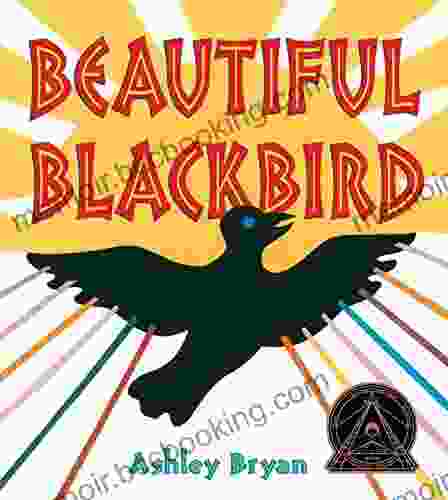
 Joseph ConradDive into the World of Beautiful Blackbird: An Award-Winning Masterpiece that...
Joseph ConradDive into the World of Beautiful Blackbird: An Award-Winning Masterpiece that... Gabriel Garcia MarquezFollow ·11.8k
Gabriel Garcia MarquezFollow ·11.8k Bryson HayesFollow ·4.4k
Bryson HayesFollow ·4.4k Deacon BellFollow ·2.6k
Deacon BellFollow ·2.6k Gary ReedFollow ·15.2k
Gary ReedFollow ·15.2k Peter CarterFollow ·14.3k
Peter CarterFollow ·14.3k Devon MitchellFollow ·17.9k
Devon MitchellFollow ·17.9k Jackson BlairFollow ·16.9k
Jackson BlairFollow ·16.9k Brian BellFollow ·10.5k
Brian BellFollow ·10.5k
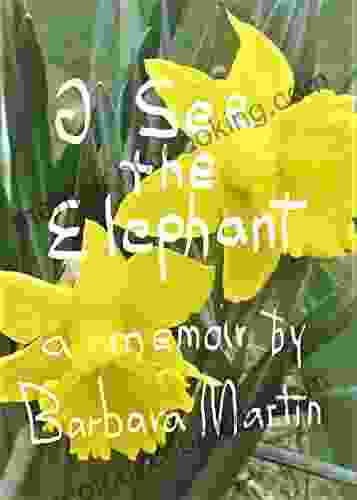
 Brayden Reed
Brayden ReedTeach Your Child They Have No Self Worth And They Will...
By Dr. Jane Doe ...
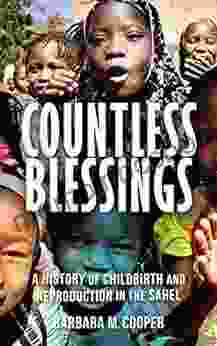
 Shawn Reed
Shawn ReedUnveiling Centuries of Tradition: History of Childbirth...
Journey into the heart of the...
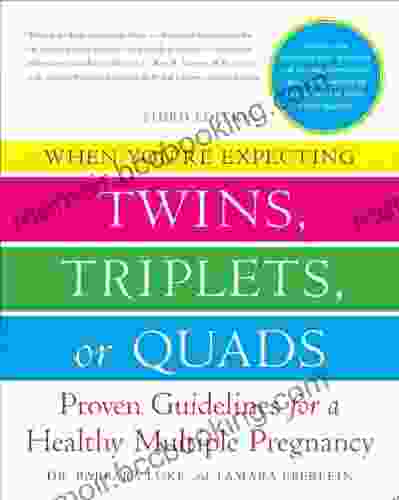
 Brady Mitchell
Brady MitchellProven Guidelines For Healthy Multiple Pregnancy
Congratulations on your...
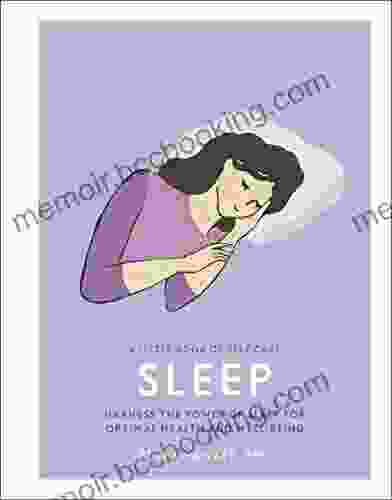
 Dylan Mitchell
Dylan MitchellHarness the Power of Sleep for Optimal Health and...
In the fast-paced,...
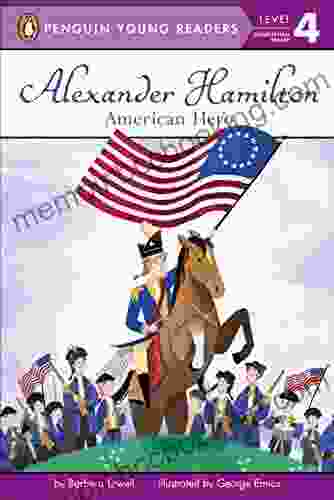
 Herman Melville
Herman MelvilleAlexander Hamilton: The Revolutionary Who Shaped...
Alexander Hamilton was a...
4.1 out of 5
| Language | : | English |
| File size | : | 86 KB |
| Text-to-Speech | : | Enabled |
| Screen Reader | : | Supported |
| Enhanced typesetting | : | Enabled |
| Word Wise | : | Enabled |
| Print length | : | 3 pages |
| Lending | : | Enabled |


